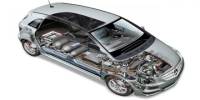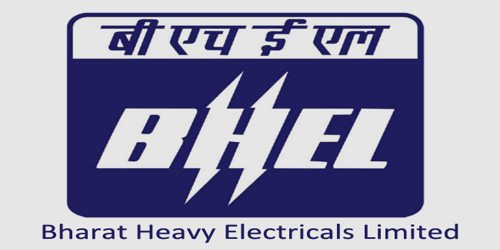Individuals, households, or small enterprises utilize microgeneration to generate energy on a small scale, usually from renewable sources. It is the small-scale generation of heat or electricity from a “low carbon source,” as an alternative or addition to traditional centralized grid-connected power. It entails producing electricity or heat on a small scale with renewable resources such as solar, wind, hydro, biomass, or geothermal energy.
Microgeneration systems are often designed to generate power for local usage, complementing or offsetting grid energy demand. Small-scale wind turbines, microhydro, solar PV systems, microbial fuel cells, ground-source heat pumps, and micro combined heat and power installations are among the technologies utilized. These technologies are often combined to form a hybrid power solution that can offer superior performance and lower cost than a system based on one generator.
Microgeneration systems include rooftop solar panels, small wind turbines, micro-hydro systems, and biomass boilers. These systems can help to minimize greenhouse gas emissions, improve energy independence, and lower consumers’ electricity expenses. In some situations, excess energy produced by microgeneration systems can be released back into the grid, allowing users to obtain credits or money for the electricity they generate.
Microgeneration has grown in popularity in recent years as a result of technological improvements, lower renewable energy system prices, and more environmental awareness. It contributes to decentralized energy generation by empowering individuals and communities to help shape a more sustainable energy future.
Microgeneration is becoming more common as technology evolves, efficiency improves, and the cost of renewable energy sources decrease. Many governments provide incentives, subsidies, or feed-in tariffs to encourage the use of microgeneration, which improves energy security, lowers dependency on imported fuels, and aids the transition to a low-carbon economy.
















